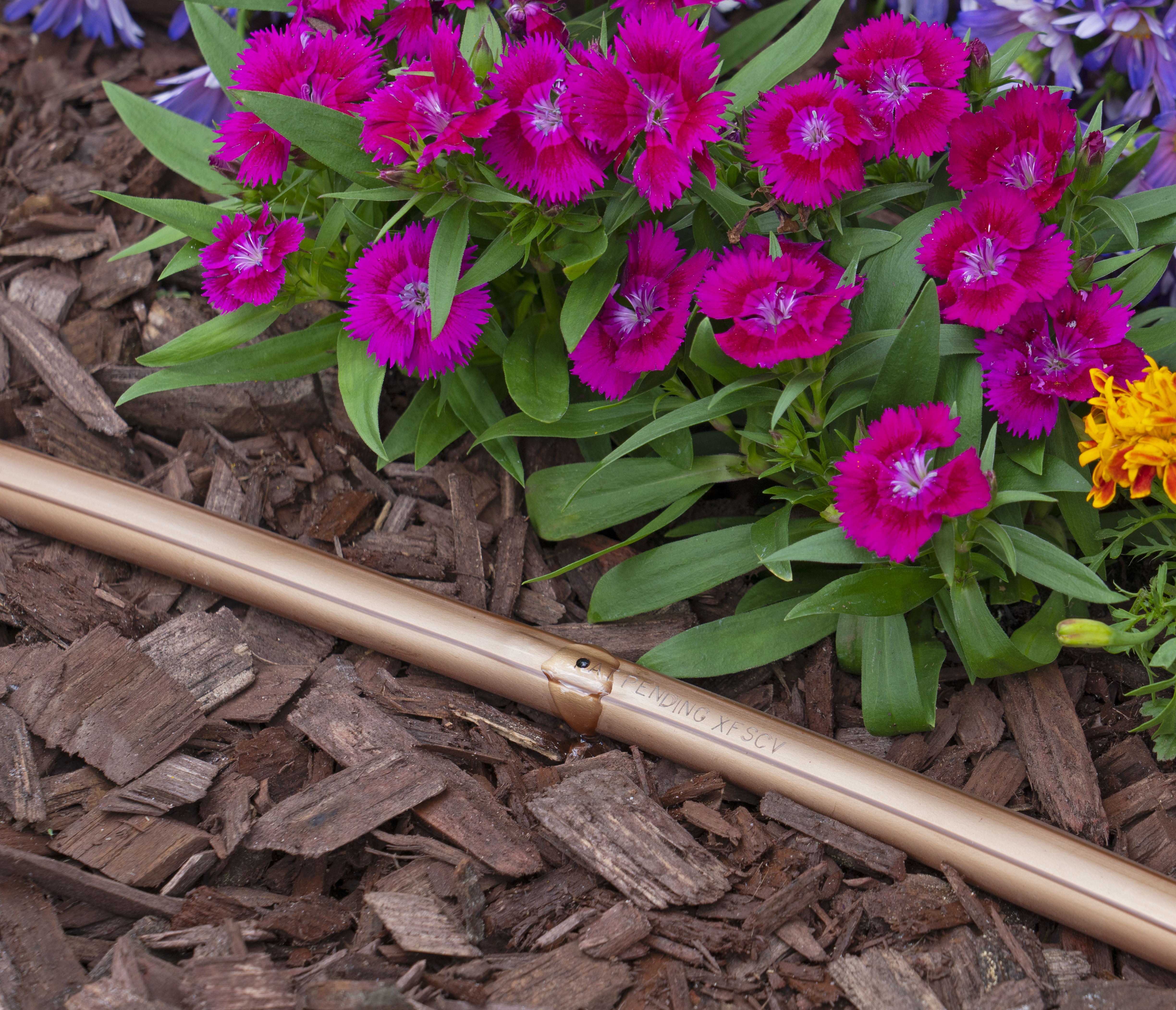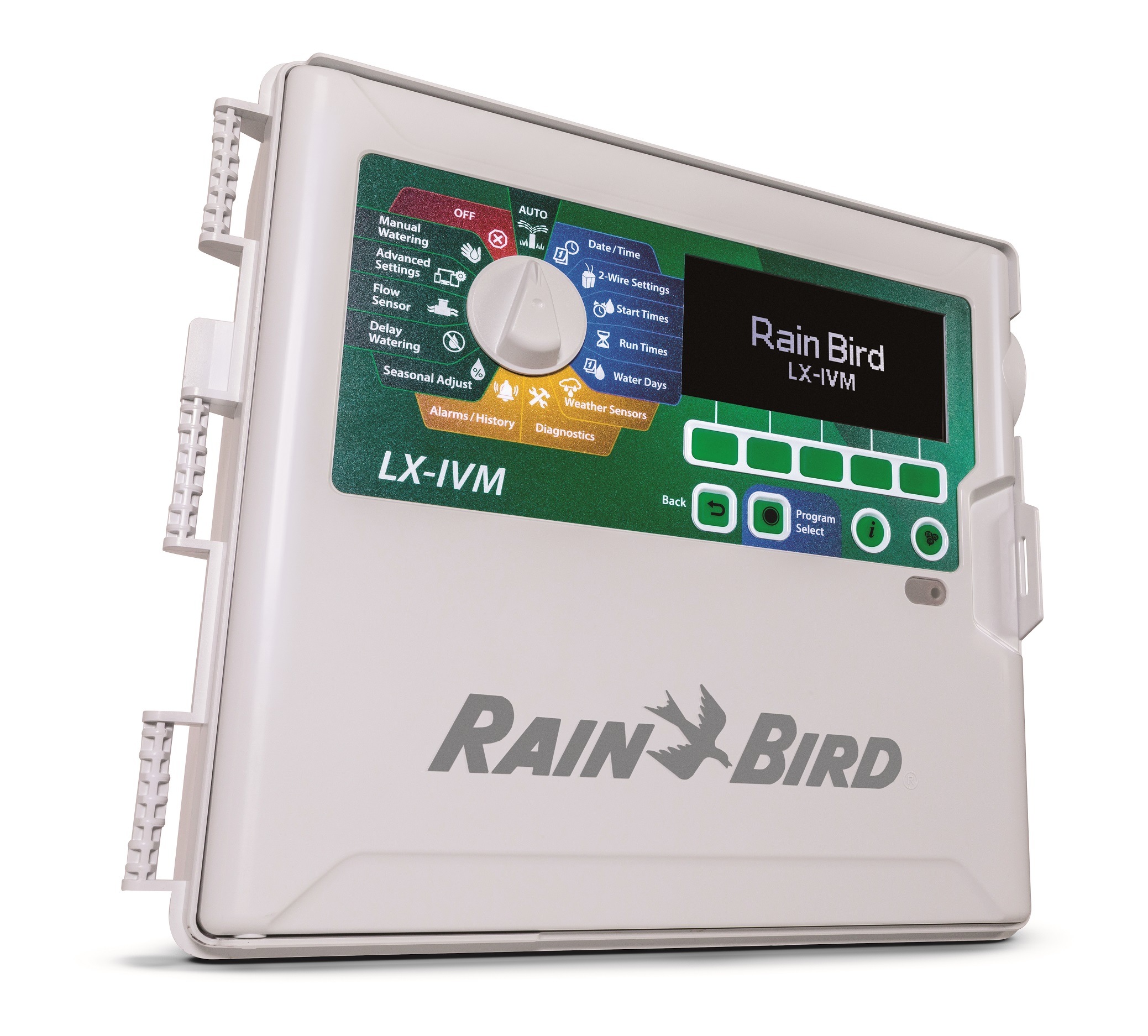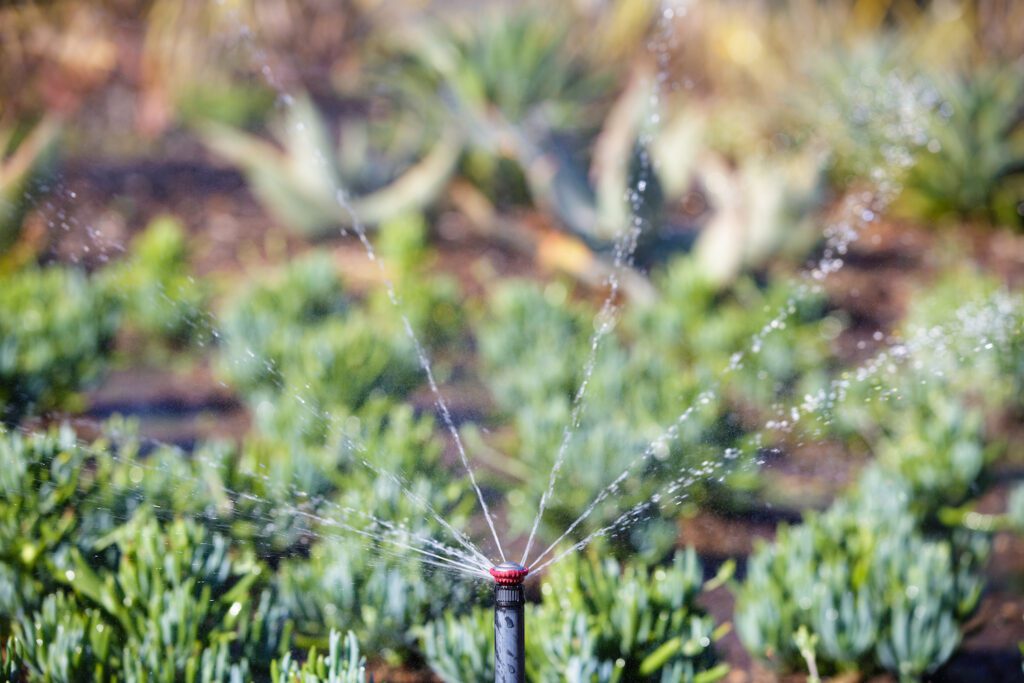Call for Change in the Irrigation Industry
Squeeze every last drop
Climatologists are suggesting that hot summers are to become an annual event, so good practice is needed across the irrigation industry to adapt to the changing climate suggests Peter Longman of Rain Bird Europe.
 With the 2022 heatwaves and meteorologists suggesting that such events may well occur annually, the irrigation industry needs to adapt to the changing climate. This applies both to those whose job it is to keep landscapes and gardens in prime condition, whatever the weather, as well as the manufacturers of irrigation products.
With the 2022 heatwaves and meteorologists suggesting that such events may well occur annually, the irrigation industry needs to adapt to the changing climate. This applies both to those whose job it is to keep landscapes and gardens in prime condition, whatever the weather, as well as the manufacturers of irrigation products.
With efficient and improved irrigation technology and practices, plants, shrubs, trees and landscapes can be kept healthy while also reducing water consumption by as much as 25 per cent.
Generally, a landscaped area needs to receive approximately 25 millimetres of rainfall per week to thrive.
Therefore any irrigation that is in use needs to provide or make up to this amount of water during drought or drier spells.
During wetter periods, when there is a risk of overwatering, irrigation should not be used so much or at all. Yet it is not unusual for landscapes to receive twice as much water as needed and therefore result in unnecessary wastage.
Cross Head: Efficient irrigation
Manual irrigation of course makes it more difficult to be precise in the amount of water that is applied by any form of sprinkler or rotary spray and in this respect, investment in an automatic irrigation system will bring much closer control over water application.
Different types of emitter apply water at different rates, so it is essential to know the precipitation rates of the products being used in order to apply close to the correct amount of water to maintain the health of the landscape.
For example, a rotary spray head nozzle with a typical precipitation rate of 16mm/hour would need to be in operation for approximately 1.5 hours per week within a given irrigation zone to achieve and match the required 25 mm of precipitation.
Information is readily available for all modern irrigation products to assist users in making these calculations.
The most important element of good irrigation practice is to follow the principle that irrigation should only be carried out when and where it is needed.
Over or underwatering simply does not use water to maximum efficiency and also results in barren or saturated landscapes.
It is wiser to spray irrigate during the morning or evening to help prevent water evaporation during the warmer hours of the day and when wind drift can cause water to be wasted as it fails to hit the target zone.
Pressure regulating sprays and rotors combined with thick streamed nozzles, such as R-VAN, can help reduce the effects, keeping water where it is needed. Using sprays and rotors with matched precipitation rates are available and designed to be used together in the same zone.
Drip irrigation
Drip irrigation, on the other hand, presents none of these issues.
Well-mulched beds help drainage, encourage root development and improve the soil.
Combined with surface dripline irrigation, or by using sub-surface dripline, this will ensure plants and shrubs receive the correct amount of moisture exactly where it is needed – around the plant and at root areas.
Furthermore, this highly efficient form of irrigation can be applied throughout the day.

There is additional information that can be used to make irrigation more effective during hotter weather. Various types of soil have differing rates of water intake and hold moisture for varying amounts of time.
This will influence the precipitation rate and choice of irrigation product. Different varieties of plants will have different watering requirements.
Therefore dividing a landscape into separate zones so that ground cover, shrubs and trees can be watered separately and less frequently is worth considering during the planning stage.
Whilst automatic irrigation systems will not suit everyone, their primary aim is to help ensure that water is used as efficiently as possible, squeezing out every last drop, and this will become an increasingly important consideration in hotter summers.
Irrigation schedules can be set automatically in accordance with real-time and predicted weather conditions.
With a weather station-based system, a smart controller that can use Wifi will automatically adjust a watering schedule and prevent under or over-watering by taking into account current and predicted weather.
Additional rain sensors provide a physical switch off of the irrigation system.
Real-time irrigation
On-going evaluation of an irrigation system’s performance is also essential and an automatic irrigation controller will monitor continuously and use real-time alerts to indicate problems.
Small leaks in a system which may be caused by animals, garden tools or just general wear and tear can go unnoticed and result in wastage.
However, a Flow Meter, such as the latest FG 100, will spot any changes in water flow, send an alert to the controller or user’s mobile device and remedial action can be taken.

Manufacturers are more aware than ever of the need for water conservation and the impact of our changing weather patterns. This has resulted in the introduction of simple yet innovative technology that the landscaping industry can use now to help achieve its own water efficiency goals.
For example, users can now specify dripline irrigation with check valves which retain water within the system, whether within a flat or sloped landscape, prevent run-off, pooling and wastage so that the system does not have to be recharged before the following day’s irrigation cycle.
If water pressure is high when using spray heads to deliver water across an irrigation zone, the result is misting, wastage and inefficiency.
Spray heads with Pressure Regulating Stems and Spray Heads (PRS) on the other hand, which are available now, feature built-in pressure regulation to reduce excess water pressure, manage nozzle water flow, droplet size control and maximise performance.
There is no question that hot summers, drought conditions and more frequent hose pipe bans will set unprecedented challenges not just for irrigation but for society as a whole.
Water is the most precious resource and everyone in the irrigation industry and beyond has a role to play in its conservation.
Good management and maintenance practice combined with the continuing development of innovative irrigation technology can make a major contribution to the preservation of our landscapes.
Picture 4 ESP- LXIVM irrigation controller provides real-time, highly efficient irrigation with immediate diagnostic feedback.


